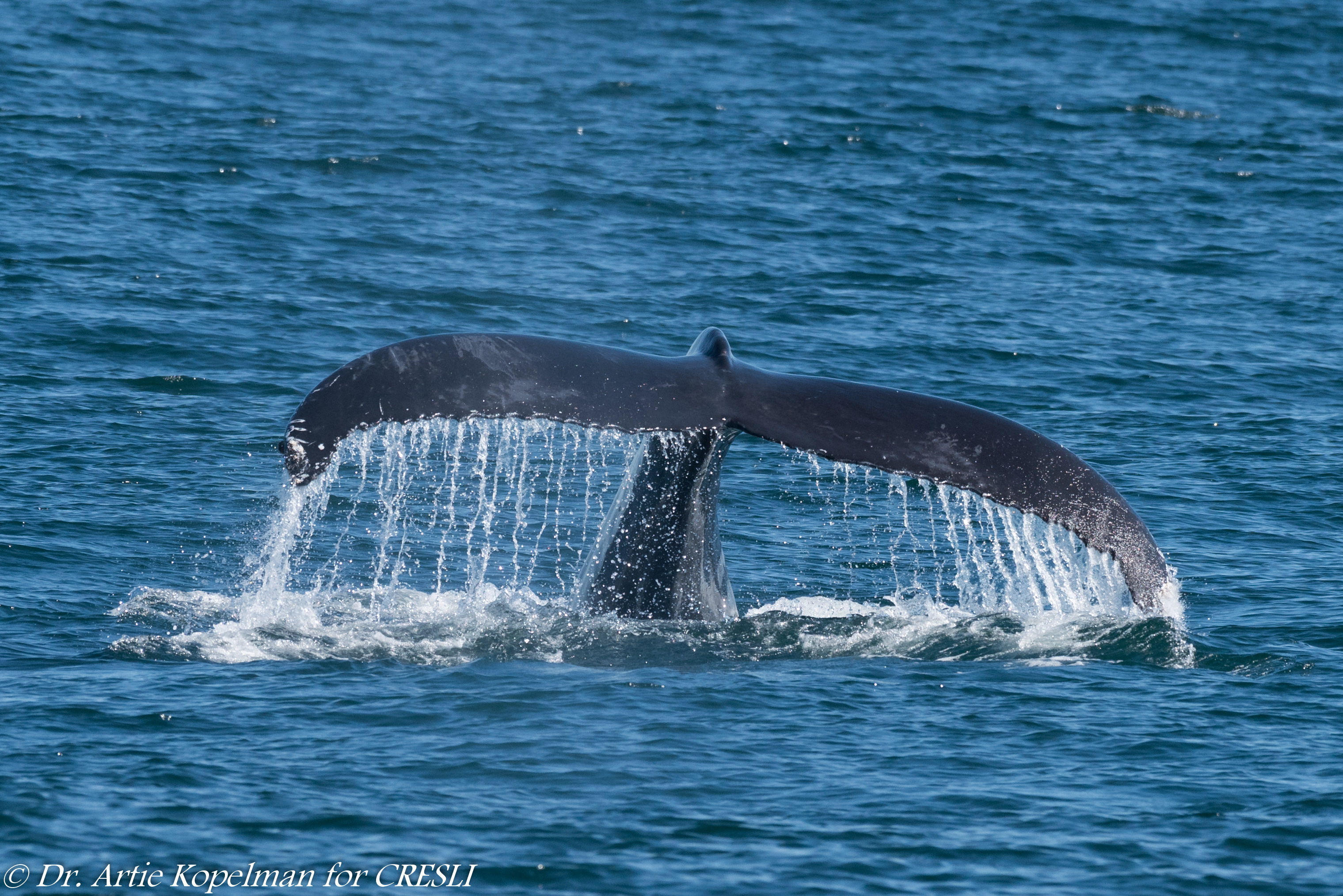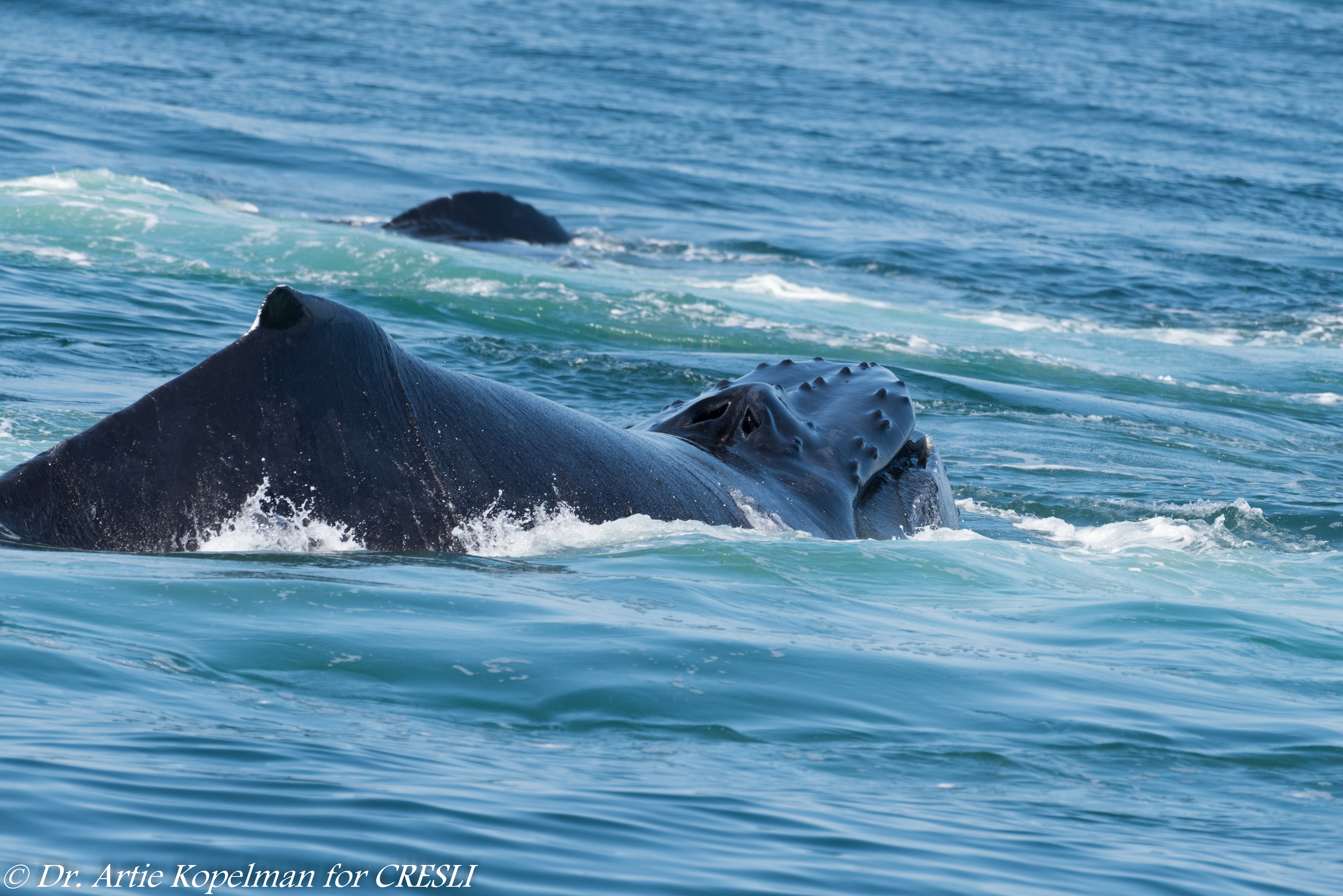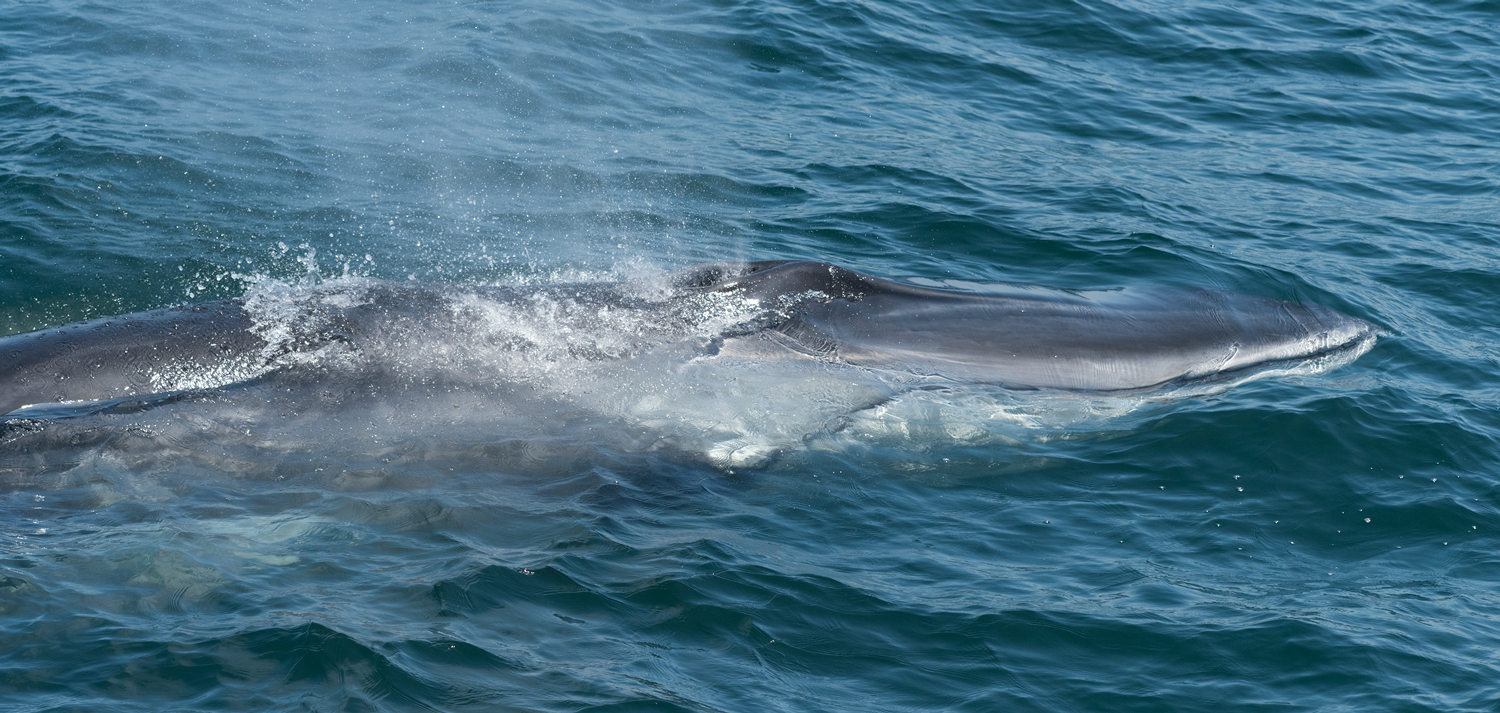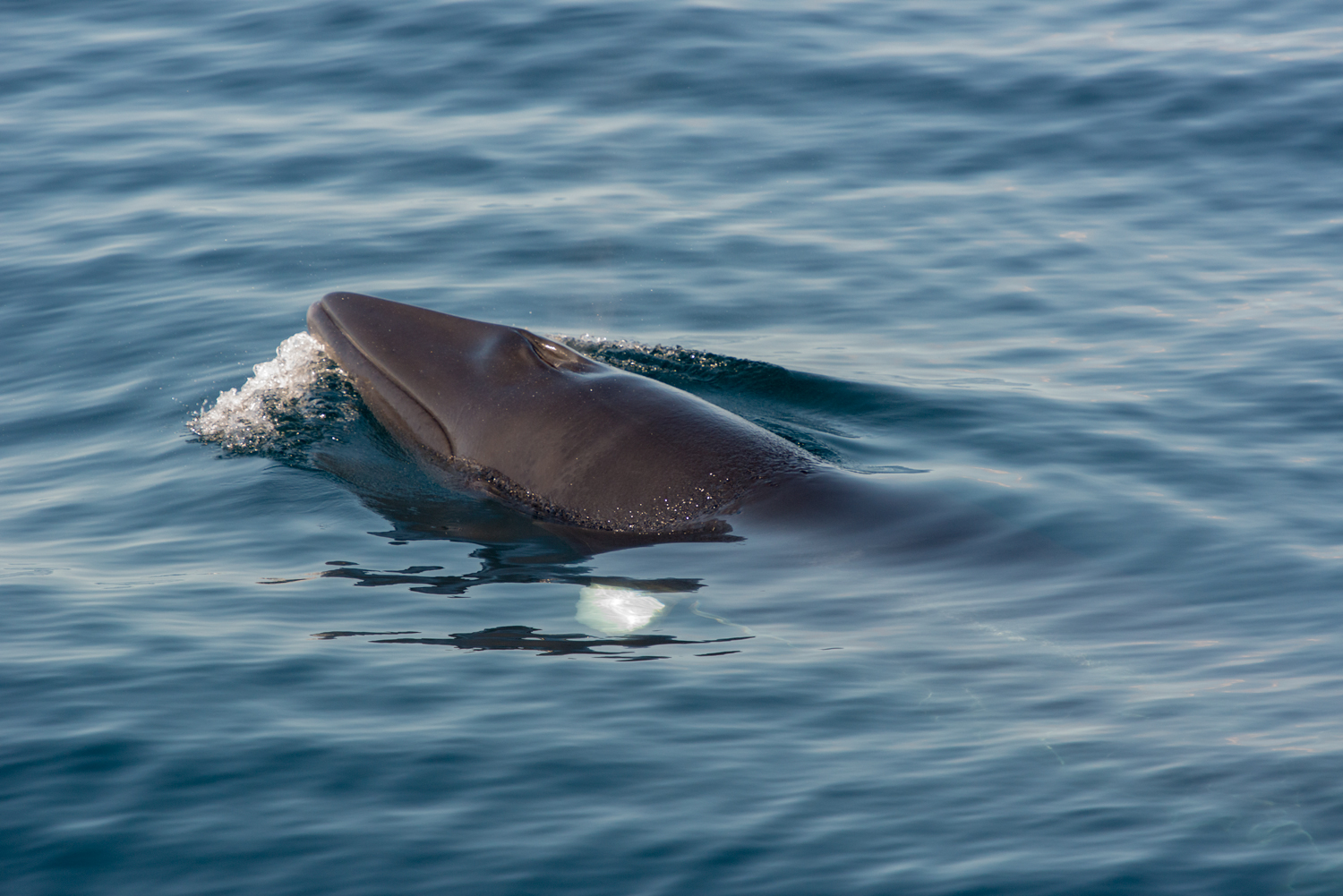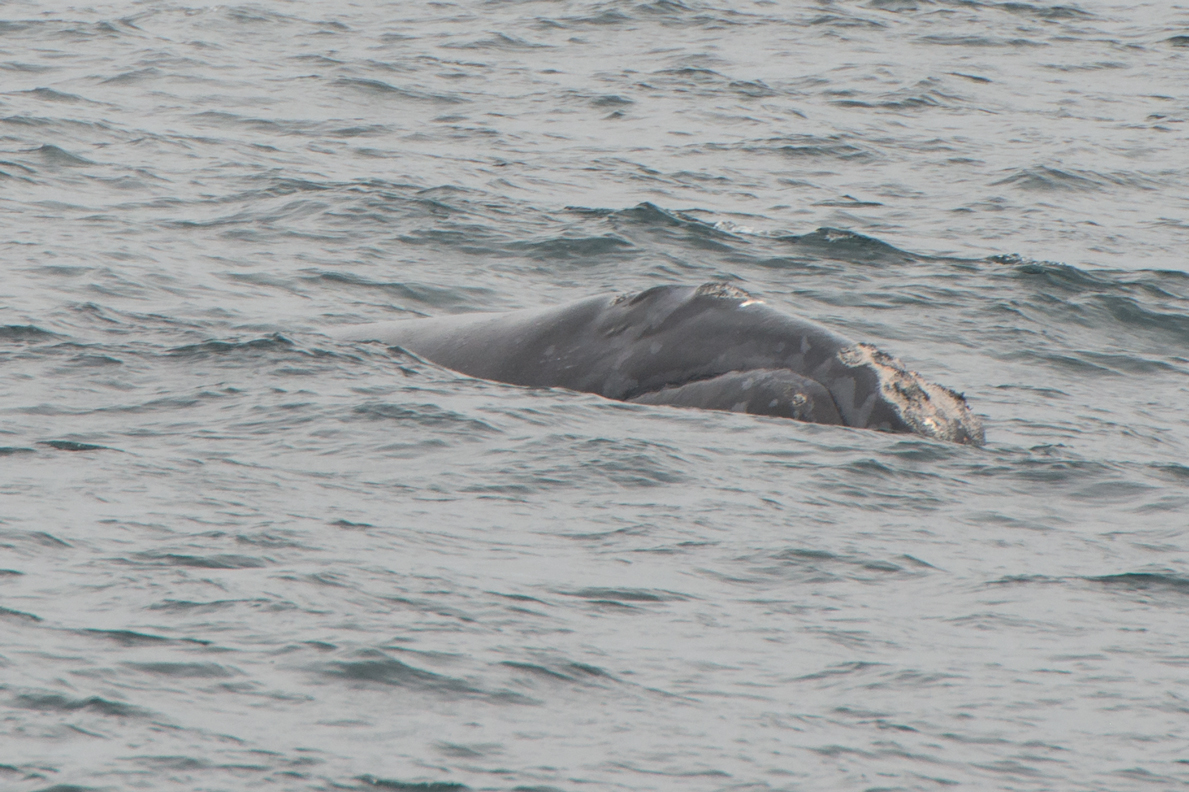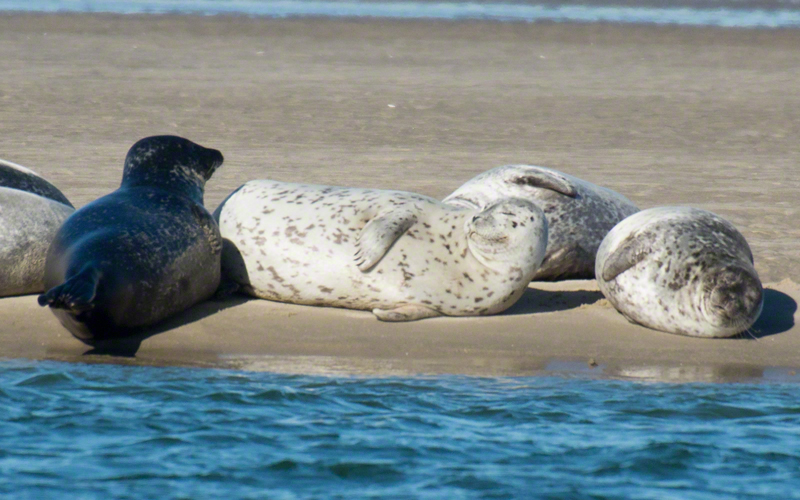Atlantic bottlenose dolphins (now 2 different species)
Tamanend's bottlenose dolphins and Common bottlenose dolphins
By: A. H. Kopelman, Ph.D.
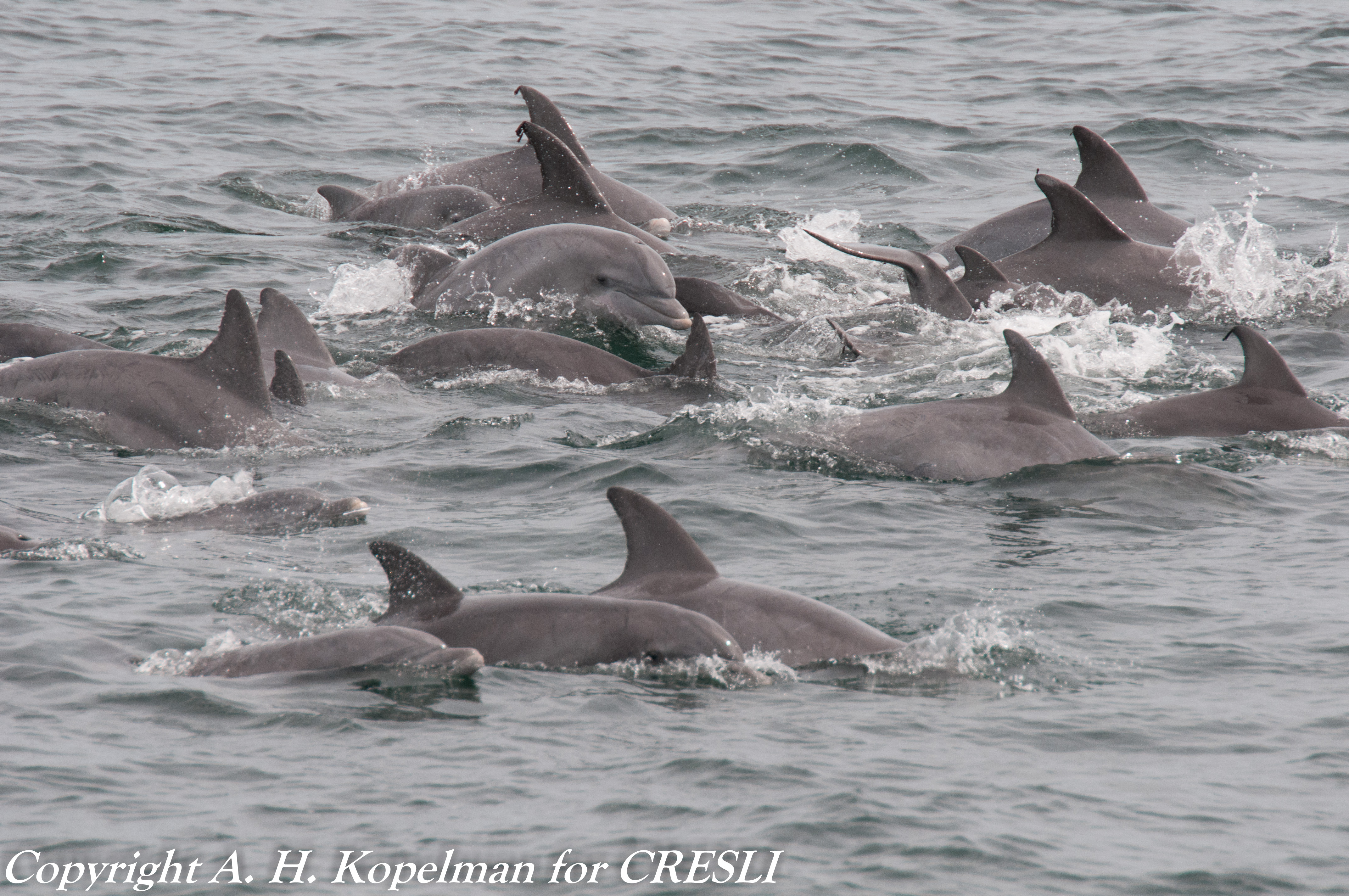
Atlantic Bottlenose dolphins
-
Tursiops truncatus (Common bottlenose dolphin)
-
Tursiops erebennus (Tamanend’s bottlenose dolphin)
In the waters of the Western North Atlantic there are now two distinct species of bottlenose dolphins. Offshore, and typically in deeper, cooler waters, we find the the larger Common bottlenose dolphin (Tursioips truncatus). Ever since 2009, in the shallower, warmers near shore waters of Long Island, we have encountered what was was formerly refered to as "inshore bottlenose dolphins" ( AKA the Northern Migratory Coastal population). This smaller dolphin has been studied extentively, and new genetic studies have led to it being declared a new species, named Tursiops erebennus (Tamanend’s bottlenose dolphin). 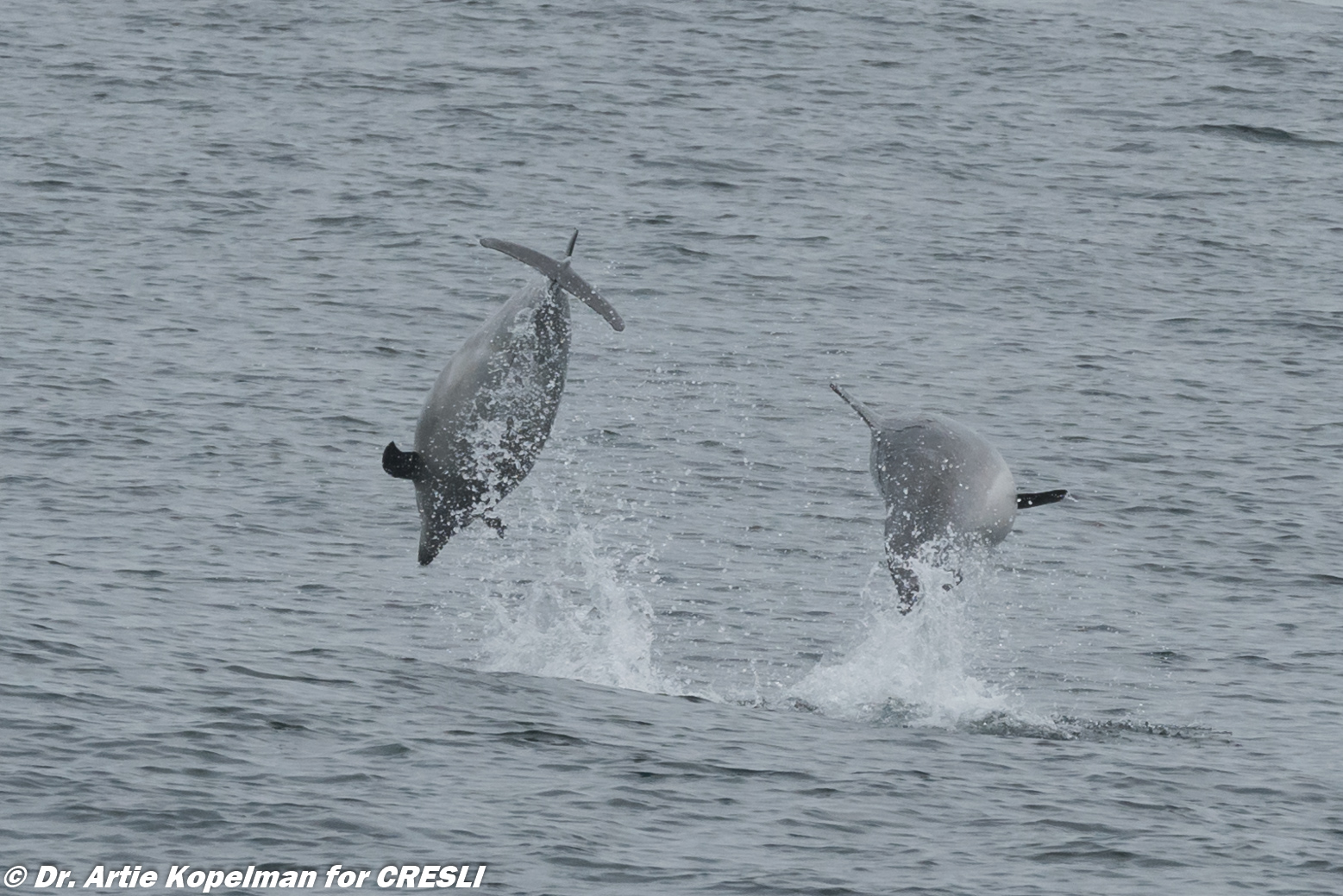
Both species of Atlantic bottlenose dolphins happen to be some of the best known of the cetaceans (whales, dolphins, and porpoises). These cosmopolitan species are found in the coastal and offshore waters of the world’s temperate to tropical seas. As in most other dolphin species, T. truncatus and T. erebennus, are social animals. While the typical social group consists of 10-20 individuals, larger aggregations can be found.
These types differ not only in their distribution (coastal morphotypes, in warmer, shallower near shore waters less than 7.5 km from shore; offshore morphotypes, in deeper, cooler waters greater than 35 km from shore); they also differ morphologically, differ in their diet, differ in their typical parasite loads, and they differ genetically (different mitochondrial DNA haplotypes).
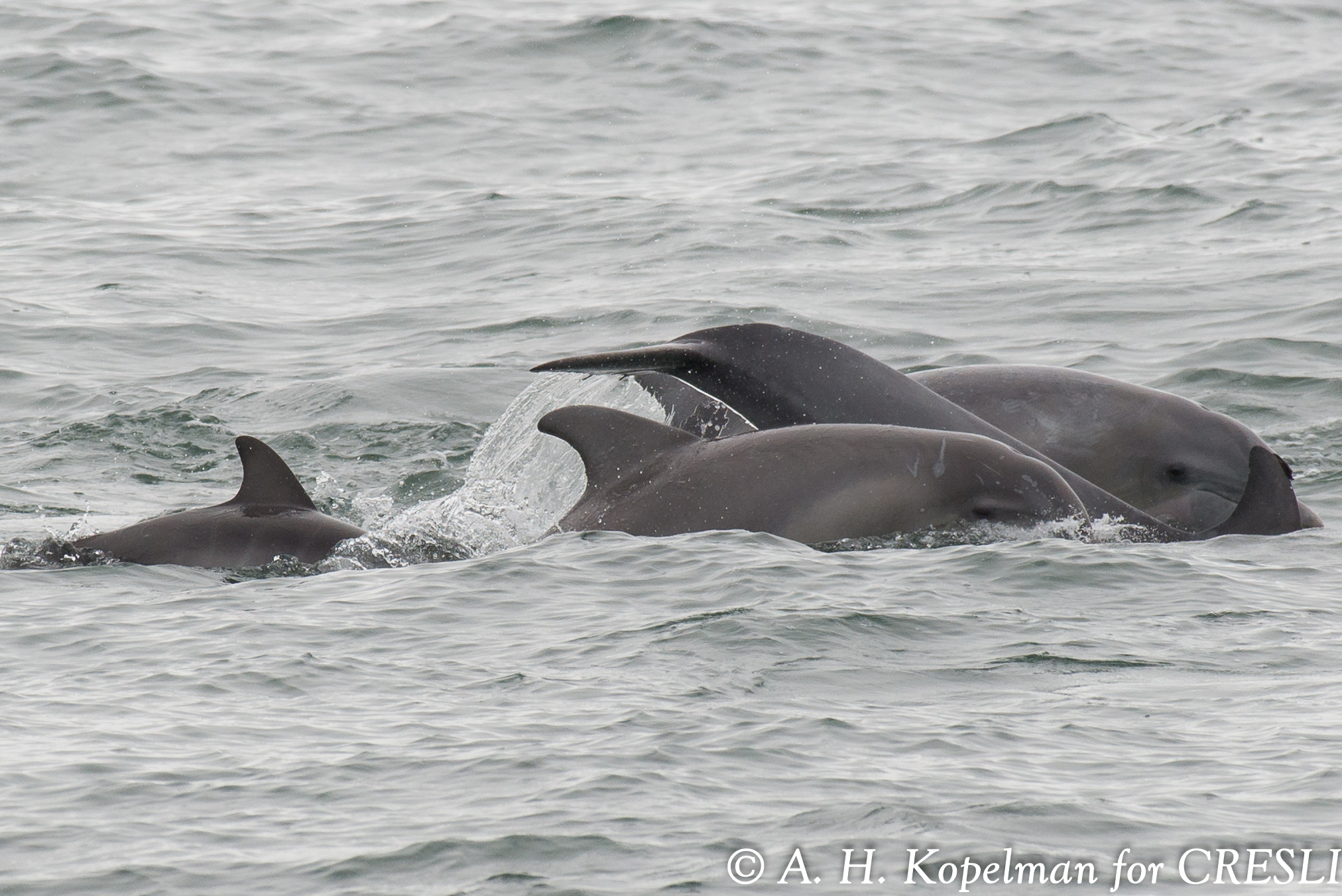 "Tamanend's bottlenose dolphins,Tursiops erebennus, is distributed continuously along the western North Atlantic coast from New York to the east coast of the Florida Peninsula, inhabiting nearshore coastal and estuarine waters."*
"Tamanend's bottlenose dolphins,Tursiops erebennus, is distributed continuously along the western North Atlantic coast from New York to the east coast of the Florida Peninsula, inhabiting nearshore coastal and estuarine waters."*
"This coastal ecotype appears to be more closely related to coastal dolphins in the Gulf of Mexico and Caribbean Sea than to their offshore neighbors, while the offshore dolphins form a relatively cohesive worldwide unit, T. truncatus."*
Regarding the name Tamanend, here is a direct quote from the Costa et al. 2022
"The English common name references Chief Tamanend (1628–1701) of the Turtle Clan of the Nanticoke Lenni-Lenape Tribal Nation. Chief Tamanend (‘The Affable’) was known for his wisdom and peaceful nature, and he signed a series of peace treaties with William Penn (founder of the Province of Pennsylvania), starting in 1683. The Nanticoke Lenni-Lenape Tribal Nation is formed by the descendants of the Lenni-Lenape Tribe and the Nanticoke Tribe, the original people to inhabit the lands between south-eastern New York and Delmarva Peninsula, including all of New Jersey, eastern Pennsylvania and Delaware Bay, the region where the holotype of Tursiops erebennus was found. This common name was chosen in consultation with representatives of the Nanticoke Lenni-Lenape Tribal Nation."
Tamandend's bottlenose dolphins had occasionally been seen north of New Jersey, but sightings of large groups were rare. In late June 2009, a large group of bottlenose dolphins was sighted near Glenn Cove, NY, and through July 2009, a group of 200 coastal morphotype bottlenose dolphins was sighted in elsewhere in Western Long Island Sound (Cold Spring, Huntington, Northport, Hempstead, Oyster Bay, Smithtown and Rye). Over the next few weeks the group (or others like it) were seen further east in the Sound, and ultimately were sighted and photographed near Montauk Point in early August 2009 and again in early September 2009.
In 2011 and 2012, the summer sea surface temperatures around Long Island were the warmest, on average, ever recorded. Those two years saw a tremendous increase in the abundance and distribution of the inshore morphotype bottlenose dolphin, essentially found in larger aggregations along the entire south shore of LI. During the summer of 2013, sea surface temperatures were much cooler, and the inshore bottlenose dolphins were once again more limited in their distribution. Since 2014, coastal bottlenose dolphins have become a regular compenent of the cetacean fauna in the waters of NY.
More CRESLI bottlenose dolphin photos
RELATED DOCUMENTS
2021 NOAA FISHERIES STOCK ASSESSMENT REPORT-COMMON BOTTLENOSE DOLPHIN WNACosta, et al. 2022. The common bottlenose dolphin (Tursiops truncatus) ecotypes of the western North Atlantic revisited: an integrative taxonomic investigation supports the presence of distinct species.
